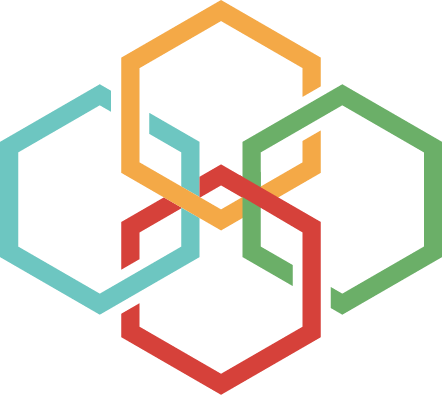Let’s face it: a lot of us have to work, whether we want to or not. One of the most stressful things about working, though, is actually getting a job. But with a flawless resume, it can actually be easier than you think to snag the job of your dreams.
Assembling a solid resume to land the job of your dreams, step-by-step.
Quick Tips
Ideally, your resume should be only one page long, two pages max if you have a lot of work history. Employers are reviewing many resumes and a good rule of thumb is to ask yourself, “Is this information necessary to help me get this job?” before adding content. Always check and double check for mistakes or spelling errors. Don’t get too fancy with fonts or colors – keep it simple and professional. Ask someone you trust to review your resume to get honest feedback.
Contact Details and Identification
At the very top of your resume, in a large, bold font for easy locating, put your first and last name. Below that, you should include your phone number, your email address, and, if applicable, your personal home address.
Remember to use a professional email, like “johnsmith@gmail.com” instead of “ilovebasketball23@hotmail.com.”
Resume Summary and Objective
Right after you identify yourself and your contact information, you should include a resume summary or objective. This portion should only be several sentences to a paragraph long to avoid taking up valuable space.
In your summary, start by mentioning your professional title, then briefly outline your strengths and certifications or work qualifications. Keep it straight to the point with concise language. Your resume summary is essentially a way for you to give the person reviewing your resume a detailed overview of your professional history.
Professional History
Next, you will need to list out your professional history, or all of your current and past jobs or internships. Include the company you work(ed) for, your job title, a quick description of your duties, and when you started and left your position(s). If you have a lengthy work history, list the most relevant employment to the job you’re applying for to save space on your resume.
Education
You also must include your level of education on your resume. Your education portion should list your highest degree and the institution you received it from (whether from a university or from a high school) and/or the high school you attended OR information about your GED.
Relevant Skills
This is your opportunity to truly sell yourself. While experience and education are extremely important, it’s your skillset that truly comes in handy on the job. Employers will expect to see these skills come into play if you’re hired, so be sure to include the skills you’re most confident in. Some examples of skills to include on your resume are: communication, teamwork, time management, photoshop, Microsoft office, leadership, social media navigation, graphic design, etc.
Volunteer Work (optional)
If you have done any volunteer or community work that is applicable or relevant to the type of work you’re searching for, don’t hesitate to include it on your resume!
Hobbies and Interests (optional)
If you have done any volunteer or community work that is applicable or relevant to the type of work you’re searching for, don’t hesitate to include it on your resume!
Check out these examples to get an idea of what your resume should look like. There are many ways that you can make your resume unique to you, but remember to keep your resume looking professional and polished. Resume’s can be a first impression and you want to make sure that you’re making the right impression.
Ariel Westphal



Pingback: Great Interview Questions to Ask Any Candidate – Acumen Connections